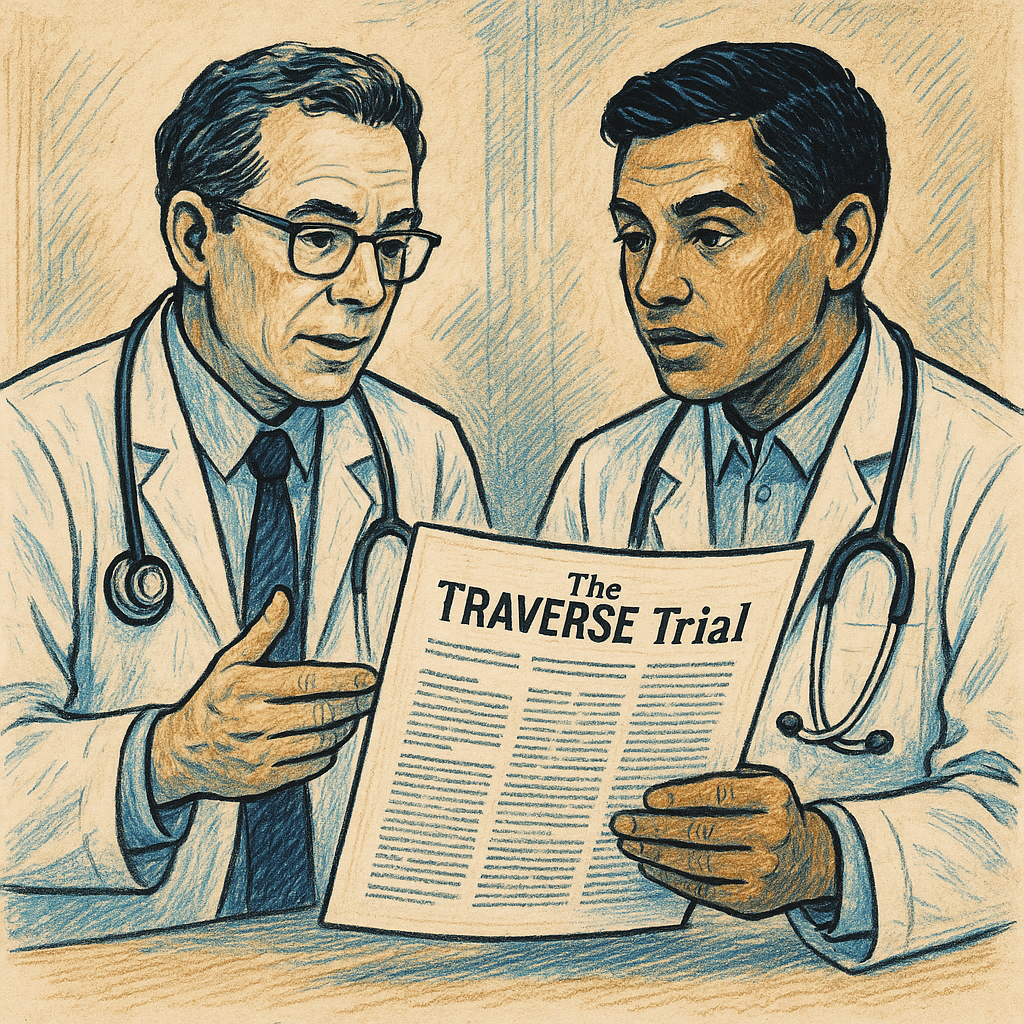
Weight Loss Drugs
How to Choose the Right Weight Loss Medication: Comparing the Cost and Effectiveness of Qsymia, Contrave, and GLP-1 Options Like Semaglutide and Tirzepatide If you’re exploring prescription options for weight loss, it helps to know there are several effective paths. The field has grown quickly, with proven oral medications like Qsymia and Contrave, as well as newer injectables such as Ozempic, Wegovy, and Zepbound. Each medication works differently. Some reduce appetite, others improve blood sugar control, and some do both. Most people want to know two things: how well they work and how much they cost. Those are important questions because pricing can be a barrier and insurance coverage varies. Some plans won’t cover weight loss medications at all. Others may require trying older, lower-cost drugs before approving newer options, or they may limit coverage to specific situations. Effectiveness also varies from person to person, and every option comes with potential side effects. This guide looks at how today’s most

